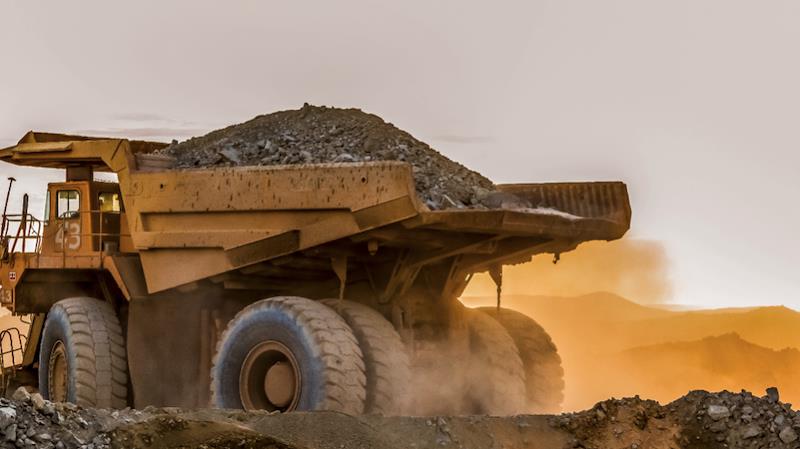
What Are The Four Main Types Of Crushers, Who Uses Them And What Are They For?
October 31, 2023 by Mark Allinson Leave a Comment
Mechanical crushers have been around since the early part of the nineteenth century. Before then, people needed to break up rocks with hand tools.
Today, the crushing industry, which usually serves the mining and quarrying sectors, has developed four distinct types of crushers, each with their own specialities.
As their name implies, primary crushers are often deployed first, typically to deal with the largest and hardest rocks. Read on to learn more about crusher technology and the four principal methods primary crushers use to break rocks down.
1. Primary crushersThe first technique is collision which involves creating impacts between rocks and crusher parts to smash rocks to pieces. A similar approach is attrition which means rubbing two hard surfaces against one another.
Thirdly, some primary crushers shear rocks apart, usually by forcing metal crusher parts into rocks from one or more sides.
The fourth technique involves compression. With this method, jaws apply pressure from all angles to break down the structural integrity of any rocks trapped inside.
V-shaped jaw crushers are among the most popular primary crushers in use today. From a hopper, rocks fall into a pair of jaws angled vertically in the shape of a V.
One side remains still while the other jaw is attached to a cam which transfers rotary force into a back-and-forth motion. Rocks are thereby“chewed up” between the jaws and, when broken down, smaller pieces escape at the bottom through gravity.
Gyratory crushers have a similar V-shape but spin rocks around in a vertically arranged cone. Rocks collide with the sides of the crusher and are broken down further by attrition. As such, material that has been broken down sufficiently can drop out of the unit.
2. Secondary crushersOnce rocks have been broken into smaller pieces, secondary crushers are used to process them into finer sizes.
Roller crushers do this by forcing rocks between two or more rollers that spin against one another compressing the material they are crushing. Again, gravity is usually made use of to allow smaller rocks to escape the rollers.
In the case of cone crushers, rocks are dropped into a unit that has a spinning mantel inside. This forces the rocks to the side of the unit, breaking them down.
Usually, cone crushers are used when the material being processed is too hard for conventional roller crushers to cope with.
3. Tertiary crushing technologyTertiary crushing is needed when specific aggregates need to be produced. These systems tend to work not by crushing rocks any further but by filtering out incorrectly sized stones.
Screening units, for example, mean that larger rocks will remain trapped so they can be passed through secondary crushers again to break them down further. Equally, screening crushers can filter out smaller items, separating them into different hoppers.
4. Automated crushersThese days, increasing automation is deployed in crushing technology. For example, many hammer mill machines now have sensors and software that can automatically detect when rocks have been sufficiently crushed, helping to do away with tertiary crushing processes.
Many impact crushers are capable of using robotic assessments to split smaller rocks from larger ones even as they're in the process of being crushed.
Note that automated crushers can process rocks in the same way as both primary and secondary crushers nowadays while also filtering rocks on a tertiary basis.
With increasing automation in the rock-crushing sector, so operators can reduce their costs. This comes from not only reducing the amount of manpower and maintenance that is needed but from capital investment, as well.
Simply put, automated crushing technology can replace multiple types of crushers in one fell swoop.
Legal Disclaimer:
MENAFN provides the
information “as is” without warranty of any kind. We do not accept
any responsibility or liability for the accuracy, content, images,
videos, licenses, completeness, legality, or reliability of the information
contained in this article. If you have any complaints or copyright
issues related to this article, kindly contact the provider above.

















Comments
No comment